| Structure | Name/CAS No. | Articles |
|---|---|---|
 |
Formic Acid
CAS:64-18-6 |
|
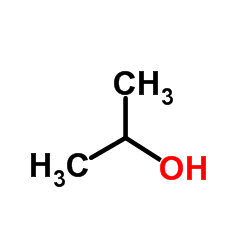 |
Isopropanol
CAS:67-63-0 |
|
 |
Acetonitrile
CAS:75-05-8 |
|
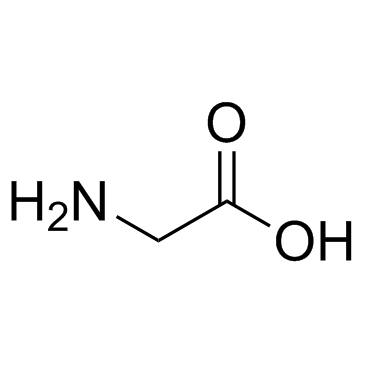 |
Glycine
CAS:56-40-6 |
|
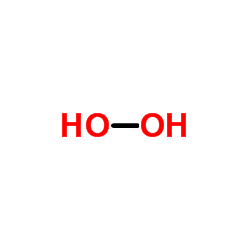 |
Hydrogen peroxide
CAS:7722-84-1 |
|
 |
Methanol
CAS:67-56-1 |
|
 |
sodium dodecyl sulfate
CAS:151-21-3 |
|
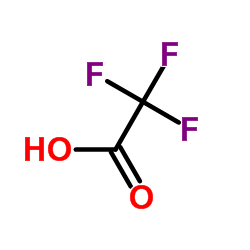 |
trifluoroacetic acid
CAS:76-05-1 |
|
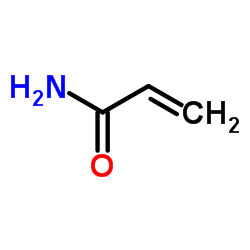 |
Acrylamide Crystals
CAS:79-06-1 |
|
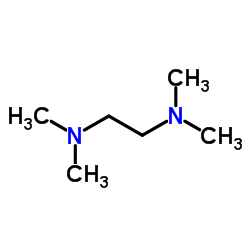 |
TMEDA
CAS:110-18-9 |